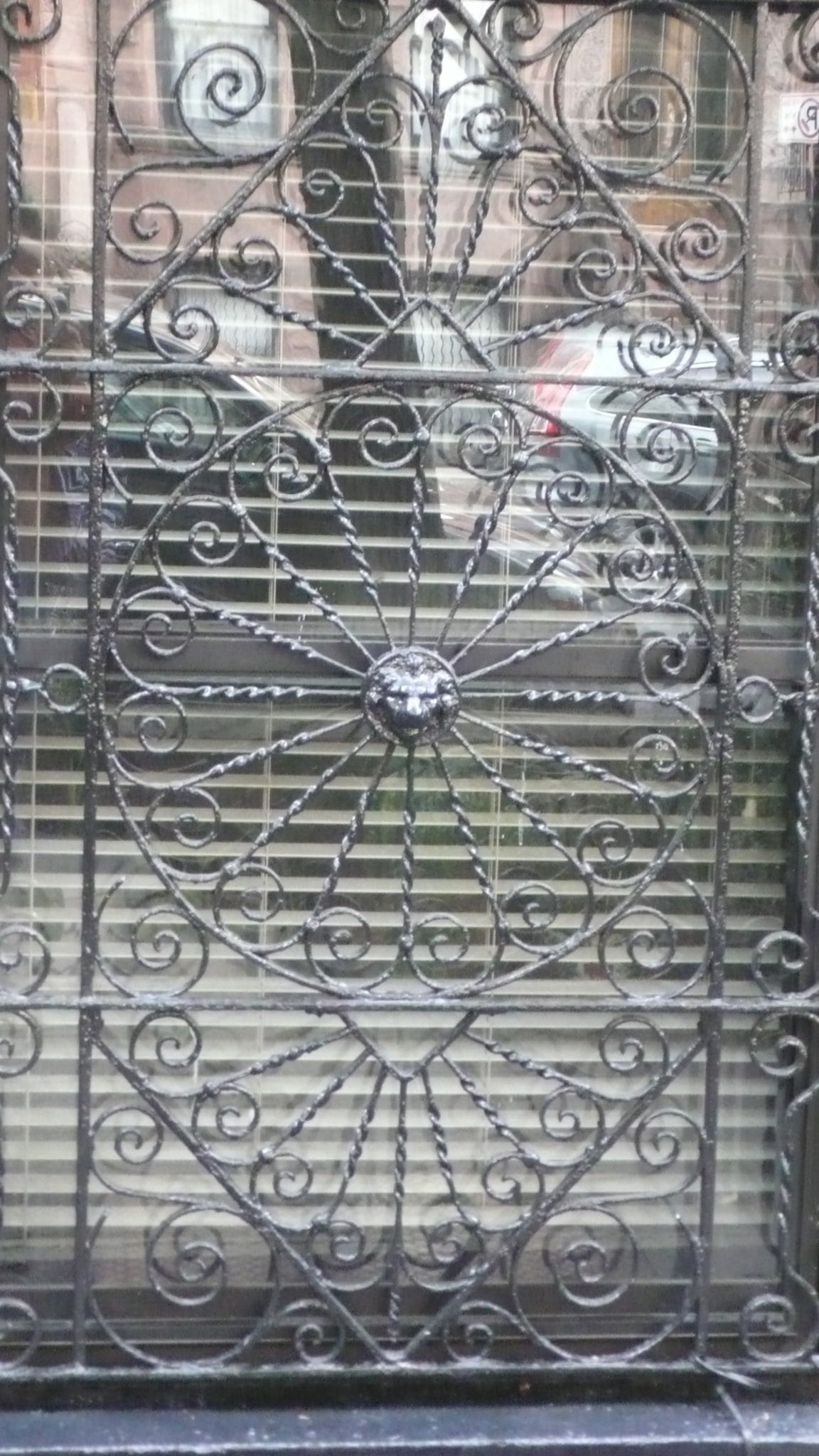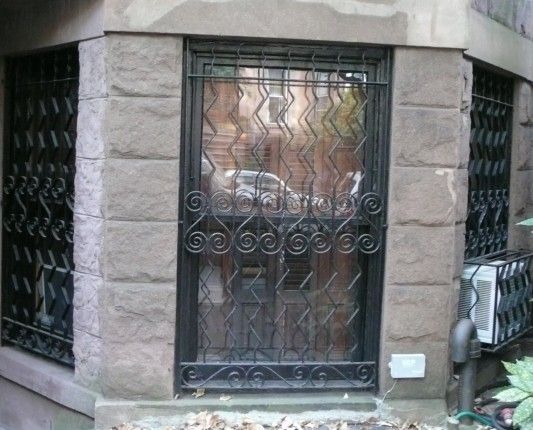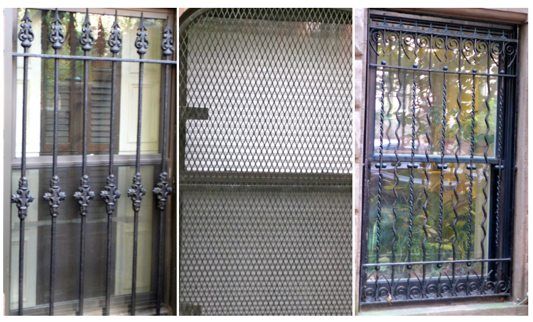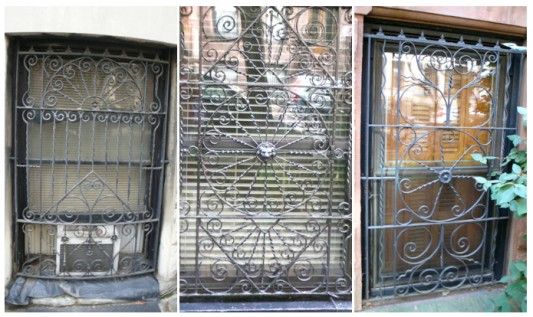The Security, Aesthetics and History of Window Grills


Perhaps there’s someone that doesn’t love a wall, but in Park Slope, almost everyone loves a grill. Almost everyone, that is, who lives on the ground floor, plus a fair number of parlor floor residents. Park Slope’s ubiquitous, fancy grillwork is an attempt to solve the conundrum of urban living. How does one achieve security without compromising aesthetic considerations?
It’s an issue John Wesley Harbert struggled with. Harbert patented his “Burglar-Proof Window Fastenings” in 1886, creating protection that was durable and ornamental. But Harbert was not the first to think up protection against window-intruders. Wooden, stone, and iron window grills were a feature of ancient Egypt, the Roman Empire, medieval Scotland, and dynastic China.

A quick survey of the neighborhood reveals no surprises on the grill front. Most security ironwork is black. Simple patterns dominate. Newer construction often forgoes grillwork, either trusting the neighborhood’s lower crime rate or employing high-tech security systems which weren’t around when most of the window and door grills were installed.

Mixed in with all the standard, vertical bar window grilles are a few superbly designed and interesting grilles. Animal motifs, elaborate curlicues, and mesmerizing geometric shapes dot the window protection landscape.
Beautiful as some of the ornamental ironwork is, bars on the window can make a home feel like a prison, and some residents are uninstalling the protective window coverings.
Do you think the grills are still necessary, or that it’s time for them to go?




